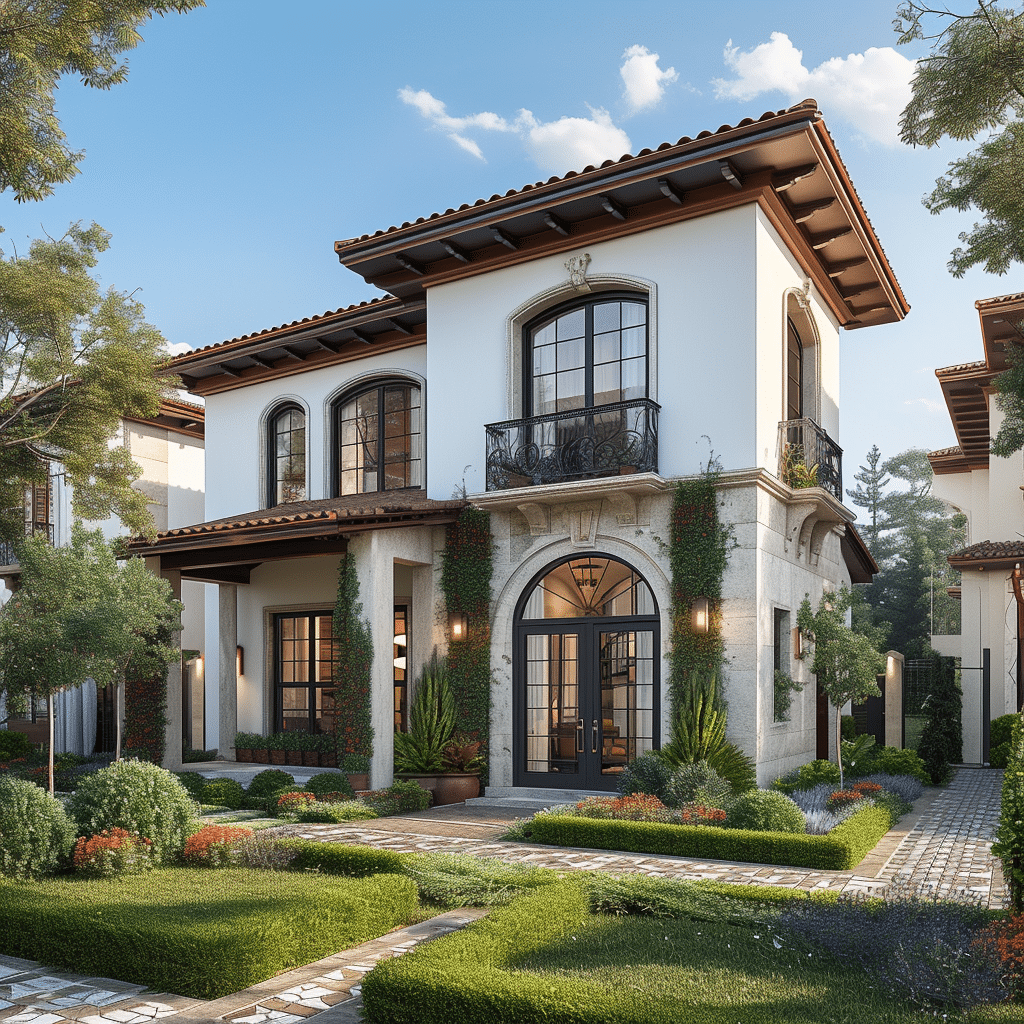Owning a single-family home is often painted as a chief slice of the American Dream pie. It’s the picturesque scene of suburban bliss, a patch of grass to call your own, a fence, maybe a dog running around, and that wonderful sense of privacy. But, my friends, behind the whitewashed fence, there are truths lurking that can shock even the savviest of homebuyers. I’m here to pull back the curtain on the not-so-obvious facets of single-family home ownership, layer by layer, with the practical wisdom you’ve come to expect, like a Suze Orman and Robert Kiyosaki mash-up. Prepare yourself, we’re diving deep.
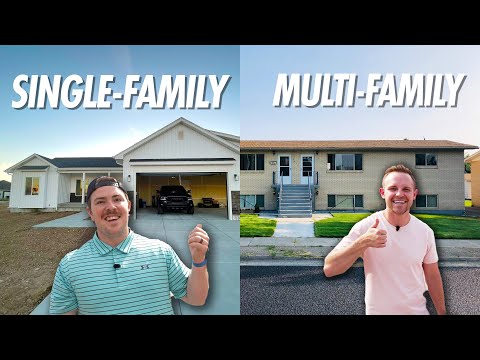
The Overlooked Costs of Maintaining a Family Home
Let’s chat about the not-so-small matter of maintenance. A family home isn’t just a place of refuge; it’s a responsibility that can demand quite the penny. We’re talking about ongoing expenses that go beyond your typical mortgage budgeting. Here’s the real scoop:
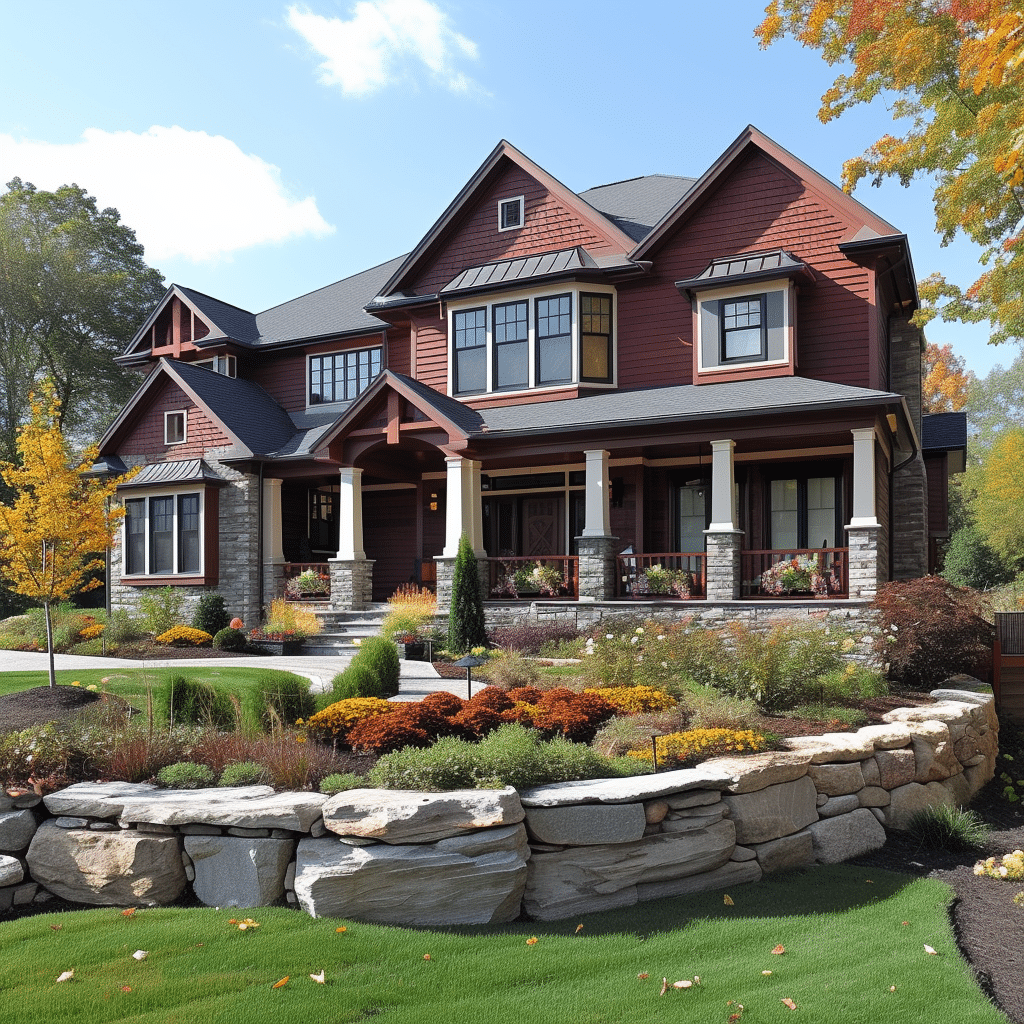
The Surprising Impact of Market Trends on Single Family Homes
Buckle up; it’s a roller coaster ride with these market trends affecting your sanctuary’s worth.
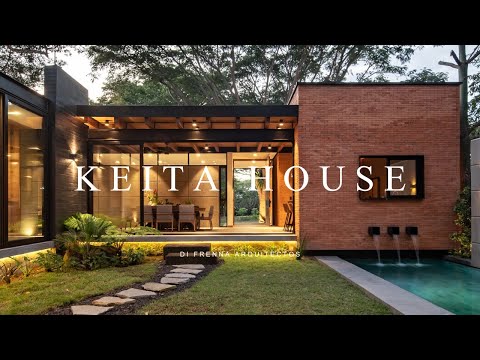
| Attribute | Description |
|---|---|
| Definition | A single-family home is a standalone residence meant for occupancy by one household or family. |
| Types | Detached homes, duplexes, zero-lot-line houses, townhouses, and row houses can all be considered single-family homes given they are designed for one family or household. |
| Property Ownership | The homeowner owns both the structure and the land on which it stands, as well as any additional buildings on the property. |
| Maintenance Responsibilities | Homeowner is responsible for all maintenance, including interior, exterior, and landscaping. |
| Privacy | A single-family home typically offers more privacy than multi-family units or apartments due to independent walls and often a yard. |
| Customization | Owners have the freedom to customize their home and land as they see fit, subject to local zoning laws. |
| Space | These homes often provide more living and outdoor space than other housing options. |
| Cost Variables | Costs vary widely by location, home size, and market conditions. Maintenance costs tend to be higher than in multi-family units. |
| Investment | Typically requires a substantial upfront financial commitment, serving as both a living space and investment vehicle for wealth building through equity. |
| Market Trends (as of 2023) | Market trends depend on economic conditions, interest rates, and location, but single-family homes usually retain strong demand. |
Environmental Considerations of Single-Family Home Living
There’s more than mortgage interest at stake; our Earth has some interests, too.
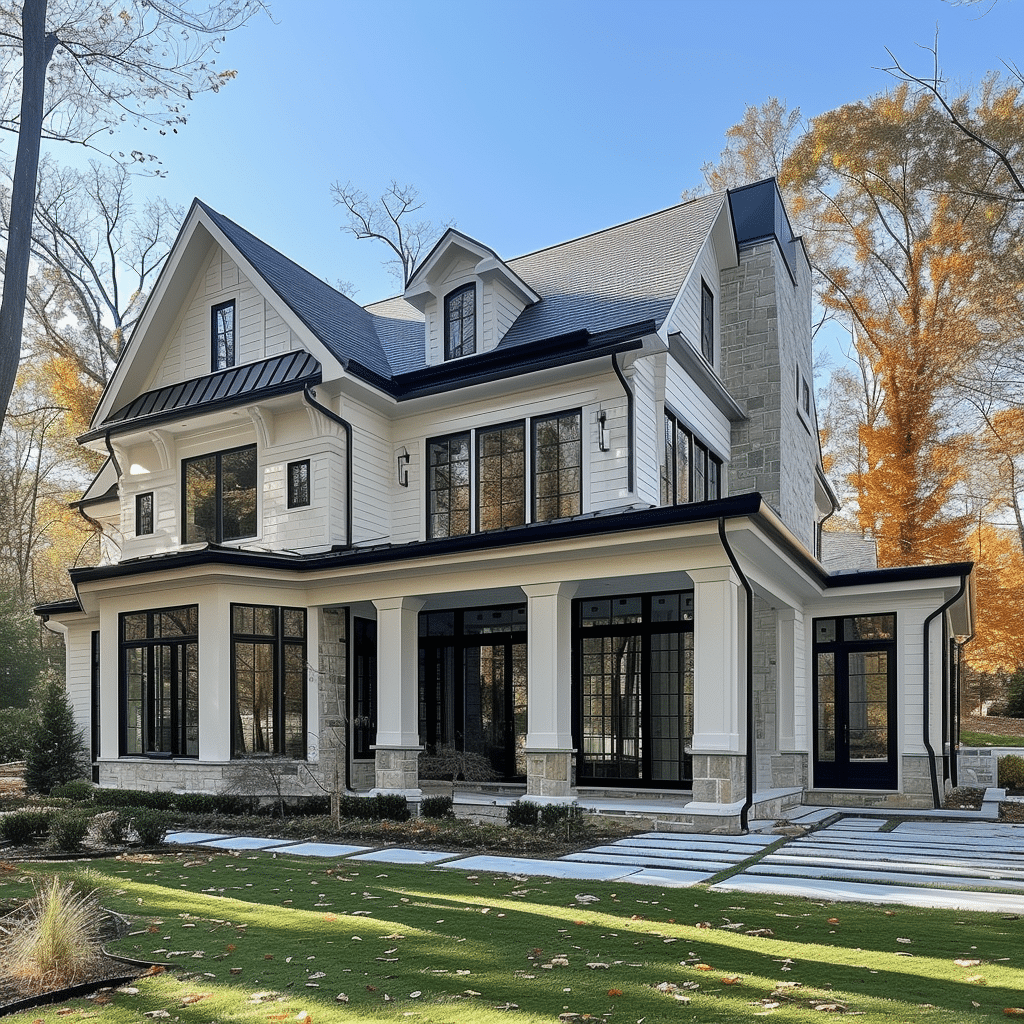
The Social Implications of Investing in a Single-Family Home
Beyond your own four walls, the ripples of owning a home touch the broader community and reflect deep societal issues.
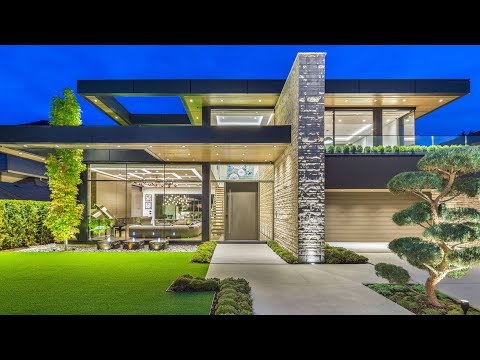
The Future of Single-Family Homes in a Changing Real Estate Landscape
What does tomorrow hold for the beloved single-family dwelling? Let’s prognosticate.
Conclusion: Reassessing the Single-Family Home in Modern Society
Navigating the waters of homeownership is no small ordeal, and our venture through the eye-opening truths about single-family homes confirms that. These revelations are here, not to scare you, but to prepare you, so you can step into home ownership with eyes wide open and mind fully informed.
While the dream of owning that family home runs deep, it’s essential that our dreams don’t cloud the sobering realities of such a commitment. We’ve peeled back layers, revealing costs and considerations from maintenance to market trends, from environmental concerns to social implications, and looked ahead at what’s possibly coming down the pike.
As we close this chapter, consider this: Owning a single-family home can still be part of your story, but ensure it’s a chapter written with wisdom, foresight, and a dash of pragmatism. It’s time for policymakers, urban developers, and you, future homeowners, to mull over these truths.
Here’s your takeaway: Whether it’s weighing the affordability of a USDA direct loan, understanding the nuances of housing For people With Disabilities, or penning Condolences Messages for dreams that need reshaping, remember that the essence of What Is home transcends the type of dwelling we choose. So, go forth, equipped with knowledge, and make your home-owning journey a tale of joy and shrewd decisions.
Remember, the pursuit of owning a single-family home is not just about the destination but also about the journey – so make it count, make it informed, and make it suit not just your dream, but your reality too.
Unveiling the Secrets of the Single-Family Home
When it comes to putting a roof over your head, the single-family home stands out as the quintessential slice of the American Dream. But hang onto your hats, folks—there’s more to these stand-alone abodes than meets the eye! Let’s dive into some jaw-dropping tidbits that might just tickle your brain cells.
The Humble Beginnings
Believe it or not, the story of single-family homes is as cozy as slipping into your favorite pair of Eberjey Pajamas. Way back when, these structures began popping up to give families a spot where they could sprawl out and enjoy some privacy. But let’s not kid ourselves; these homes weren’t always the sprawling estates some imagine. Many started as modest, no-frills spaces—proof that even the simplest of digs can make history.
A Rose by Any Other Name
Alright, let’s talk turkey. If you sometimes confuse a colonnade with a cul-de-sac, it’s high time you checked out the essential real estate Definitions. When it comes to jargon, the term ‘single-family home’ might seem straight as an arrow, but it’s one unique petal in the real estate bouquet. These stand-alone houses are the solo artists of the housing world, not to be mistaken for their distant cousins, the Multi-family home, where walls are shared and stories stack up…literally.
Not Just a Cookie-Cutter Plot
You might think single-family homes are as predictable as a sitcom plotline, but hold your horses! Some are nestled in the ‘burbs, others claim city streets, and a few even bed down near Baltimore Museums, ready to hit you with a dose of culture with your morning coffee. These homes are as diverse as the people living in them, each with its own quirks and charms.
The Reality TV Connection
Now, don’t spill your java, but did you know that single-family homes are the unsung heroes of reality TV? That’s right, these abodes have been star-studded sets for family dramas more tangled than any storyline of Darcy And Stacy. The walls of Darcy and Stacy’s( digs could surely tell tales more dramatic than the soaps. Who knew that humble homes could be the backdrop for such glitz and glam?
Fashionable Foundations
Last on our trivia train, let’s talk about trendsetting. Just as sheer tops can give an outfit that extra ‘oomph, the design of a single-family home can set the tone for the neighborhood catwalk. From grand colonial manors to sleek modernist boxes, these homes strut their stuff, showing off their design chops and giving neighborhoods their signature look. Don’t be fooled—these structures are more than just bricks and mortar; they’re the cool kids on the block, stylin’ from the inside out.
So there you have it, a few surprising snips and snails about single-family homes that might have knocked your socks off. Who would’ve thought that these familiar fixtures had so many stories under their well-shingled roofs? It goes to show, whether you’re lounging in luxury or cuddled up in coziness, a single-family home is more than just four walls and a welcome mat—it’s a tale waiting to be told.
